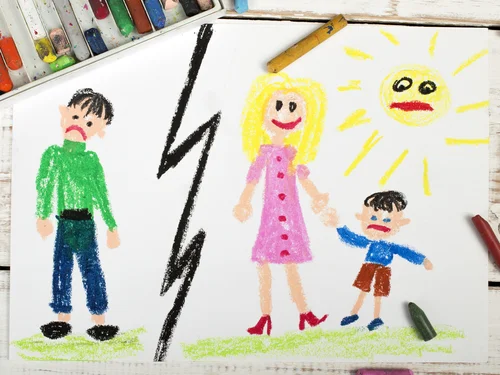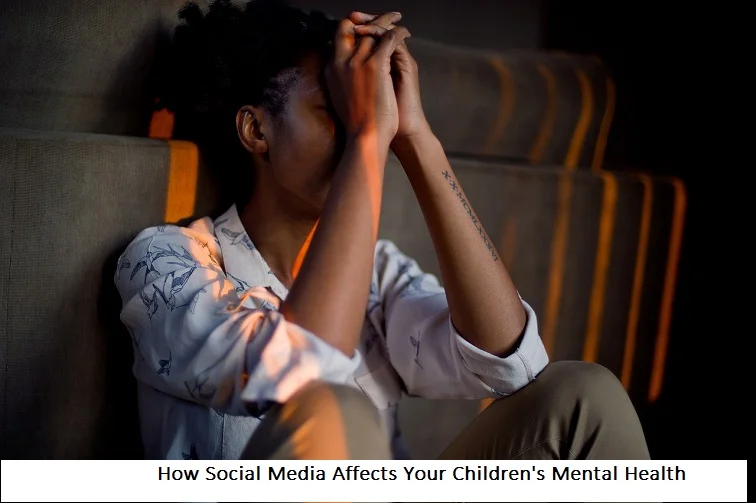+1 845 259 2974 (11 a.m to 7 p.m CST)
When Teams Hunt on One of Their Own

A team is all about trust and watching each other’s back. However, that was not the case for the two Woodside High School Basketball players that San Jose Mercury News reported of. When they had left with their team to participate in the Orestimba Holiday Tournament in Newman, California, all they had on their mind was performing well and helping their team win. However, during the trip, their teammates subjected them to physical and mental torture while at least one coach allegedly witnessed a portion of the hazing incident. Rather than putting a stop to it, he simply walked away. Considered a ritual for initiation of new players into the team and building cohesiveness, high school hazing is either downplayed or condoled by both the coaches and teens alike. This only adds to the problem, with either the incidents not getting reported, or the coaches not taking any necessary action to curb it, thus indirectly perpetuating it.
Coaches and the widespread culture of hazing in school sports
According to a 1999 study by Alfred University and the NCAA, much of the reported hazing incidents in high schools occurred during initiation of new athletes into the team, with the risk being particularly high during pre-season sports camps. The perpetrators, of course, were the senior team members. Recent stories in media show that the trend has continued all these years, with many students continuing to experience the same torment before being admitted into the team. Being present in the locker rooms, fields and sports camps, coaches are often aware of the practice. However, rather than taking a responsible action, they’ve been found to often dismiss it as a “boy will be boys” act. In some cases, the practiced has even been described by them as necessary to build cohesiveness among team members. While they tell the victims of hazing to simply “deal with it”, the perpetrators derive confidence and encouragement from the casual attitude of coaches towards the issue.
What can be done to eliminate the practice
There was various ways in which educators can eliminate the detrimental ritual of physical and mental abuse from the school grounds. There’s a need to educate coaches and students on hazing, clearly highlighting its adverse effects on the victims and possible consequences. An anti-hazing message should be sent across loud and clear. Strong anti-hazing policy should be designed, implement and communicated to everyone, including the parents, and a large part of the responsibility and accountability should be placed on the coaches so that they remain vigilant. The school administration and coaches need to deal with suspicions and instances of hazing harshly; making absolutely no exceptions irrespective of how valuable the perpetrator is to bringing them success in the next sports tournament.
Role of parents in threat mitigation
Some schools and coaches often pin the blame on parents for not bringing up their kids right or doing enough to curb the culture of hazing. The blame is not entirely without merit. It is important that parents understand what hazing is and what they can do to keep their child from becoming a victim or a perpetrator. They need to communicate its danger and unacceptability to them. Instilling empathy in kids can also contribute to their abstinence from adopting the ritual. Parents need to encourage their teens to report incidents of hazing to them without any fear of backlash of escalation in torment. It is also imperative to take all complaints of hazing seriously.
It is important to understand that hazing is unacceptable and inappropriate under any circumstances. Even if the teens don’t fully realize the magnitude of the threat, concerned adults should shoulder additional responsibility to offer them protection and eliminate the culture of initiation through mental and physical abuse.





















